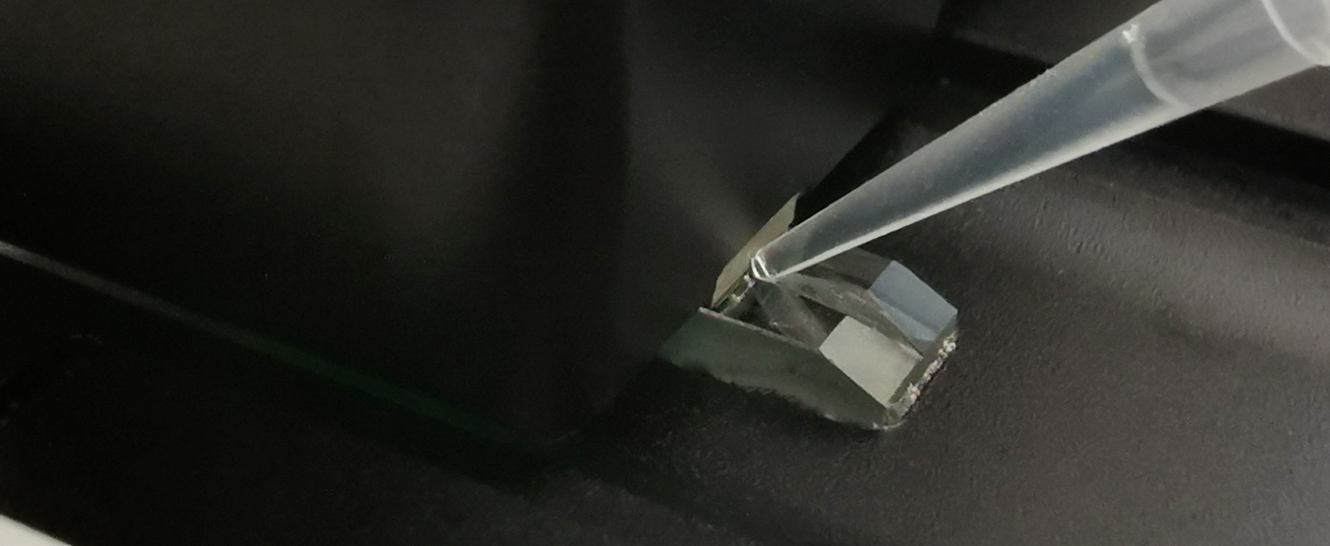Cell counting can be a laborious process, with slow workflows and strict process control standards. These complications are compounded by elements of subjectivity when it comes to overall count and viability tests. Biologists running tests via hemocytometry or slide-based microscopy must individually carry out measurements, making judgment calls on cell identification or viability, which can lead to human error and inaccurate counts. The CellDrop™ Series of cell counters aims to eliminate these elements of unreliability and improve cell counting accuracy.
CellDrop Automated Cell Counters introduce new levels of precision to biochemistry and life sciences studies investigating cell populations in various sample types. It exceeds both hemocytometry and slide-based microscopy in terms of speed and accuracy in overall cell counting and viability tests. However, this level of automation is preserved by observing a series of simple best practices for CellDrop operation.
This post will outline the best practices for obtaining the highest quality images from CellDrop Cell Counters.
Sample Preparation
Optimal sample preparation for cell counting will yield a homogenous sample that is free of clumps, ensuring that results are representative of the stock sample. Before samples can be loaded into the cell counter, they must be trypsinized to completion, then vortexed immediately prior to loading. Although CellDrop Cell Counters are equipped with sophisticated software algorithms to identify individual cells within clumps, best practice is to prepare cells correctly to guarantee results accuracy.
Initial Cleaning
Before and after a measurement session, the best practice is to clean the sample chamber to ensure no previous sample dried on the surfaces. CellDrop Cell Counters feature a patented sample chamber consisting of two parallel optical sapphire surfaces. Lower the arm and flush the sample chamber with 15 mL of an ethanol solution (70%). Wait 10-15 seconds and then wipe both the upper and lower optical surfaces clean with a dry laboratory wipe.
Sample Loading
Simply open the desired application on the user interface and lower the arm into the down position. Be sure to use a fresh pipette tip. Use the alignment groove as a guide and slide the pipette tip toward the arm until the tip touches the upper sample surface. Dispense the full sample.
Focusing
Allow the sample to settle before adjusting the focus on the cell counter using the brightfield channel. This intuitive software has both coarse and fine focus controls. When optimal focus has been achieved, live cells will appear with a bright white center surrounded by a dark membrane.
Exposure
Finding the right exposure with the CellDrop Cell Counters depends on the application being used in the experiment. When working with trypan blue, refer to the exposure guidelines below. Fluorescence applications require adjustment of the relevant fluorescence optical channels.
- Trypan Blue: Focus on the live cells in the sample and use normal exposure for a 1-to-1 solution of 0.4% trypan blue to the cell suspension. Low exposure is used for the same ratio with a 0.2% trypan assay.
- Fluorescence: After focusing with the brightfield channel, select either the green or red fluorescence channel to preview. Adjust the exposure to the maximum intensity before the cell signal bleeds out of the boundary. In dual fluorescence applications, each individual channel should be adjusted for exposure separately.
Count Settings, Protocols, & Optimizing Results
CellDrop Cell Counters have a default protocol in each application that provides a good stepping-off point for counting typical mammalian cells. These may be individually optimized and saved for specific user-defined protocols. To do this, simply select Optimize Settings while viewing results to see a list of available, customizable parameters. Images can then be reanalyzed with the new settings at the push of a button.
Cleaning Sample Surfaces
Once satisfactory results have been acquired, clean the sample surfaces again using a dry laboratory wipe. If sample loading issues occur, or if the analysis session is complete, the best practice is to flush with an ethanol solution per above instructions. For normal operations, an ethanol flush between each sample is not necessary.
Cell Counters from DeNovix
DeNovix is a world leader in the field of cell counting and viability testing. Building on a portfolio of industry-tested tools for life sciences and biochemistry applications, DeNovix CellDrop Series Cell Counters improve automation and precision in any laboratory.
If you would like more information about the capabilities of our novel range of cell counters, simply complete the contact form or email our team.





